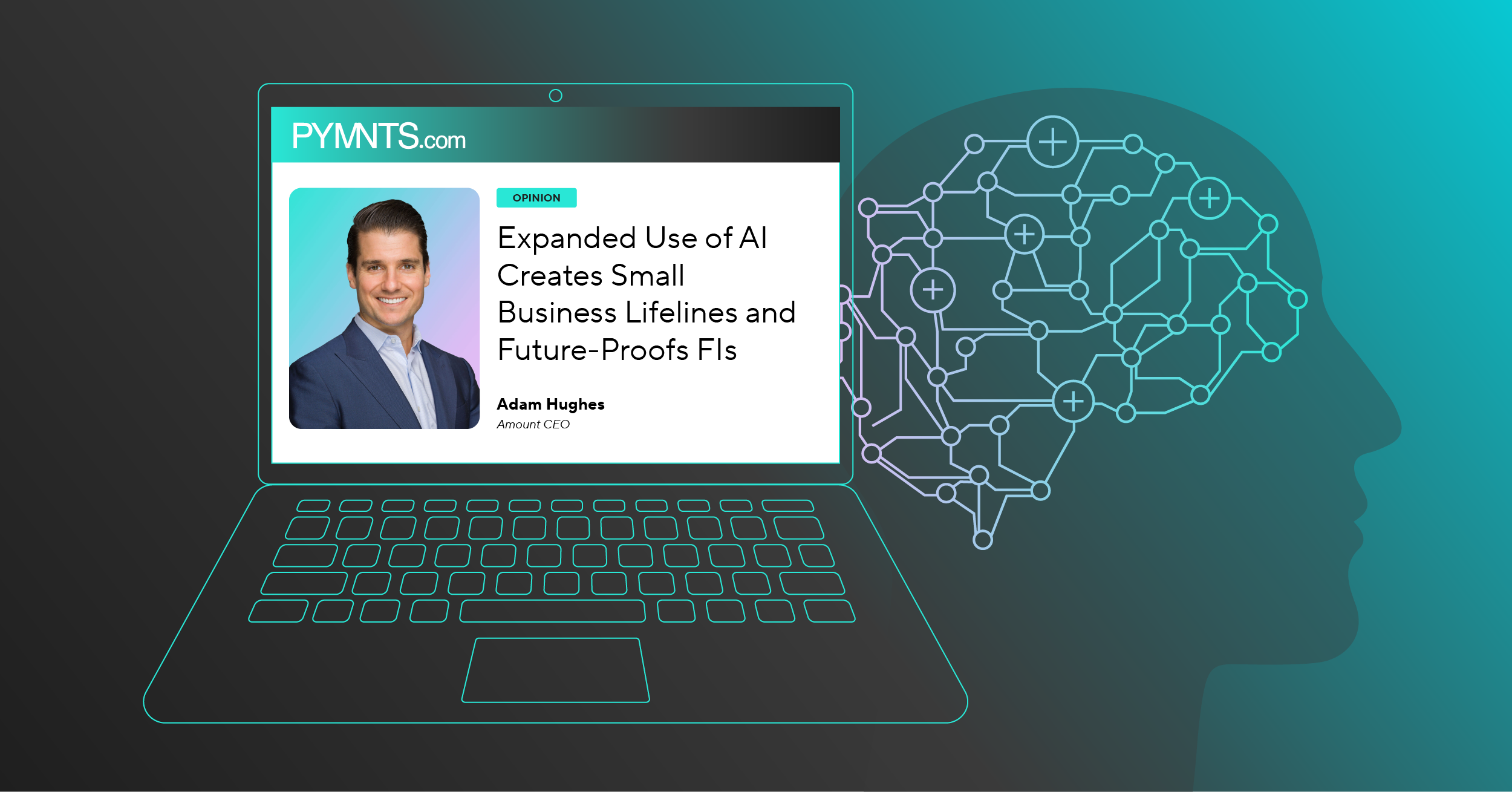
This is a reprint of an article that originally appeared on PYMNTS.com on July 12, 2022.
Financial institutions are seeing loan delinquencies return to pre-pandemic levels, and risk signals increasing. As the top profit driver for most financial institutions, building the demand pipeline for lending will be one of the biggest concerns, and the thing most at risk for small business customers, as we head into a possible recession.
But differently — and perhaps more critical — than the last recession, banks now need to contend with the ever-growing competition from digital-first neo-challengers, which have forever changed customer expectations and the financial services landscape.
Which means financial institutions need to develop a strategy that is both recession-proof and future-proof.
Those most prepared for the future share two inextricable characteristics: the degree to which they have some level of digital transformation, and the clarity of a customer-centric strategy. No longer can banks afford to think of digital transformation as a buzzword — it’s prudent cost management. Over the past few years, and particularly during the pandemic, the industry recognized that investments had to be made to improve digital capabilities to more effectively deliver services, grow more touchpoints and, ultimately, reduce costs.
Yet it’s the financial institutions that leverage technology to truly understand who it is they serve, and what they need to focus on, that are best positioned. This is where the FinTechs have the advantage, and where a tremendous opportunity lies for banks, especially for those who serve small businesses.
We’re already seeing tons of disruption for small businesses, as consumer demand wanes, along with bottom lines. Add to this the growing impact of the gig economy and the substantial number of self-employed who are still highly underserved, and you have structural flaws on top of a pandemic and inflation.
Industry research reveals most banking and credit union leaders have invested in artificial intelligence (AI) technologies and believe it provides a competitive advantage. Yet its use beyond security and risk is less than 25%. This is where banks and credit unions can go the extra mile to employ AI to add new value propositions and drive superior customer experiences. And according to McKinsey, this “extra mile” has the potential to unlock $1 trillion in value for banks.
Which brings us to today. By leveraging AI’s predictive power and machine learning to drive more accurate and relevant insights and streamline the complex decisioning process for small business loans, financial institutions can increase approvals and lower borrowing costs for small business owners. This will bring in more “underbanked” customers and, potentially, transform small business lending amid historic inflation and economic uncertainty. Perhaps even forever.
An economic downturn presents the perfect conditions to exceed customer expectations and improve trust. After all, loyalty isn’t about the interest rate offered, it’s about what the customer remembers about the experience.
Now, more than ever, it’s critical that financial institutions invest in their customers. A modern technology core, an expanded use of AI and a clear data strategy is no longer a choice, it’s a competitive necessity.

To learn more about how financial institutions can improve SMB lending, read "Why Banks Are Missing the Bullseye for SMB Lending."
 Read Blog
Read Blog